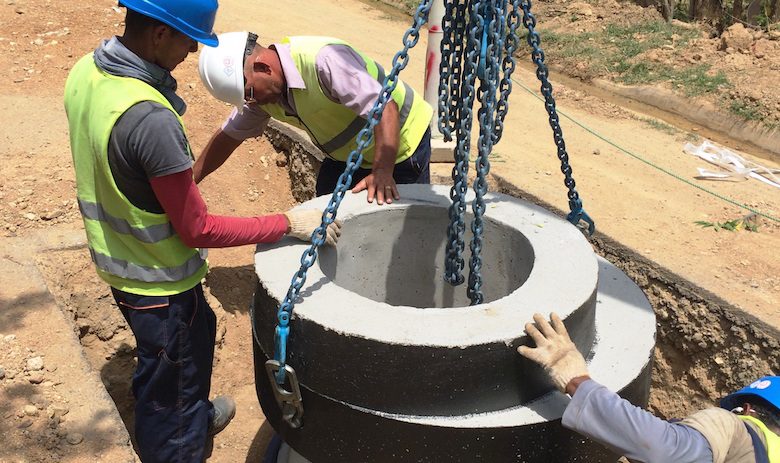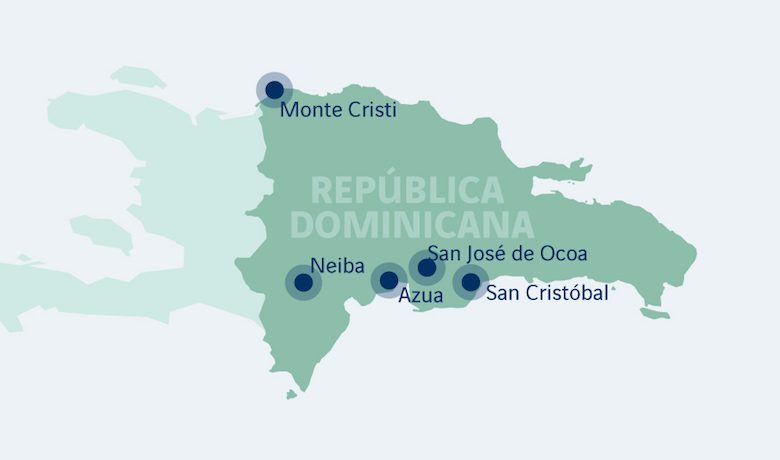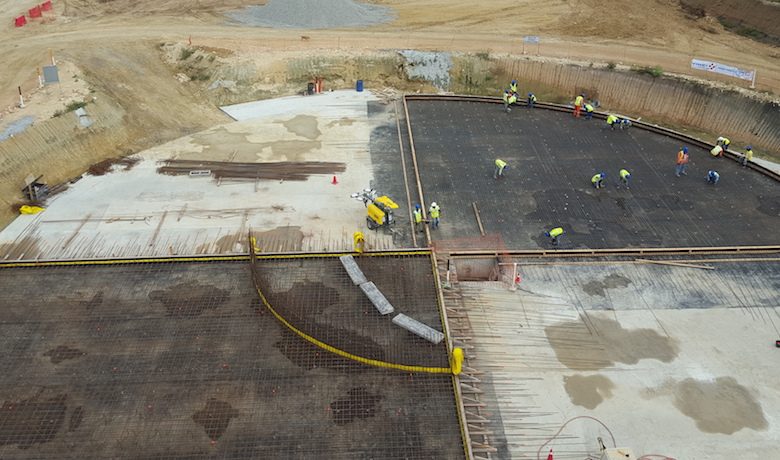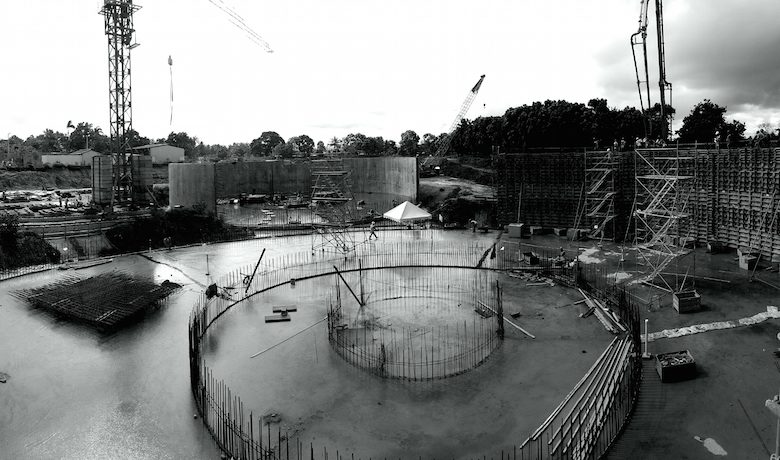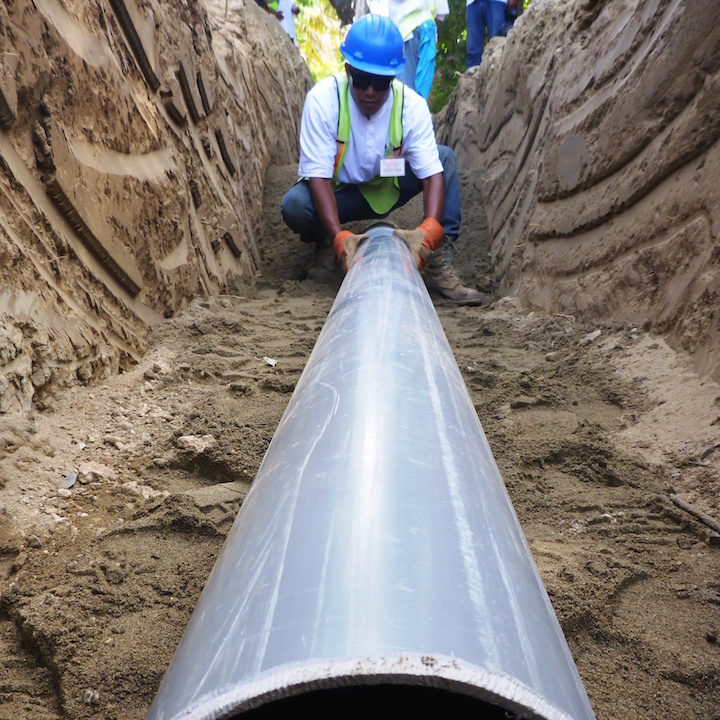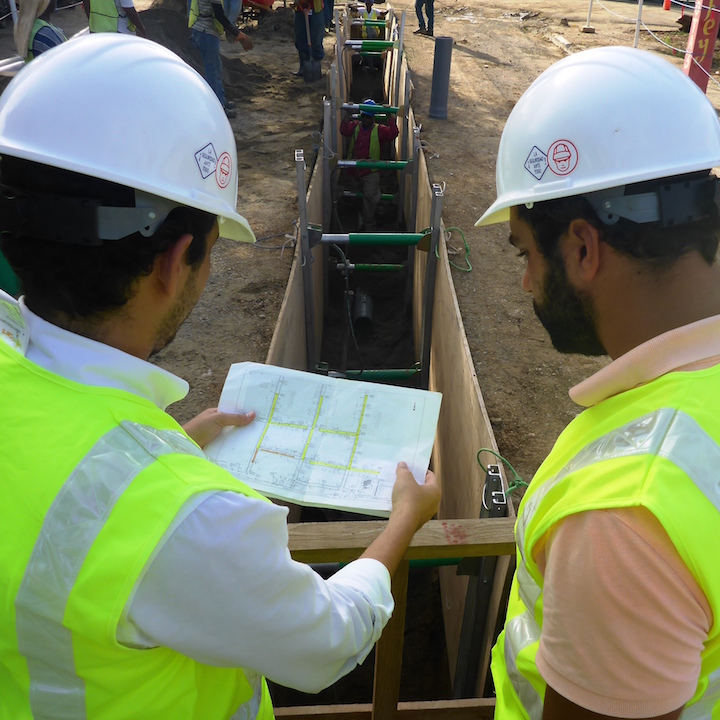BACKGROUND
This project is part of the Dominican government’s cholera-eradication program. Since 2010, with more than 33,000 cases and nearly 500 deaths, cholera has become a major issue for the country. Wastewater treatment is more than just a local issue – it is a public health issue. Arriving in the Dominican Republic in 2009 for a call for tenders for drinking water supply, we understood that the client, the Instituto Nacional de Aguas Potables y Alcantarillados (INAPA), needed technical backing and financing. So, we approached the French Finance Ministry for a loan application. Given the capital nature of the project, the construction site could benefit from French assistance through the developing country reserve funds.
The pilot project was rolled out in six cities across the country located between 30 minutes and three and a half hours from the capital of Santo Domingo.


